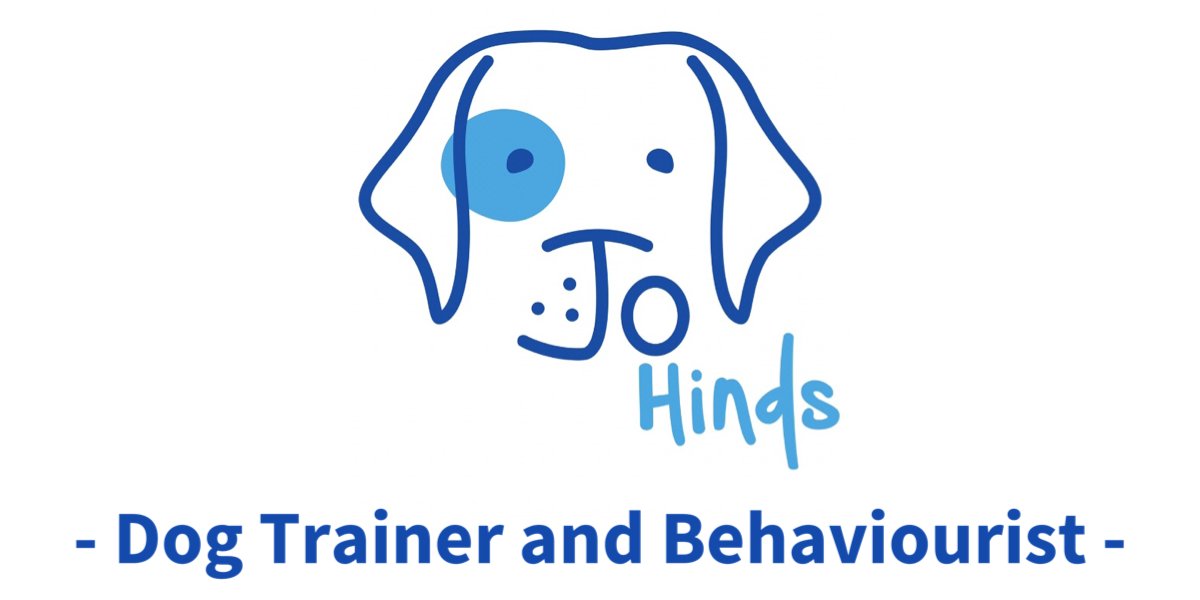I frequently encounter dogs that once socialised well in the park as puppies but started barking and lunging at other dogs as they grew older. Similarly, some dogs initially thrived in doggy day care, only to be banned later for barking or snapping at other dogs.

Understanding the different types of dog play is crucial for managing interactions and preventing conflicts, even with dogs that are familiar with one another.
Always observe other dogs’ body language from a distance before letting a dog approach. Dogs that look away or ignore a dog are not interested in playing or interacting. On play dates, start with a sniffy calm walk together before short play sessions, keeping arousal levels manageable and giving breaks and rest to prevent escalation, do not stand around for long periods, keep moving with the dogs, often dogs or at least one of the dogs will want to leave much sooner than we do.
Avoid play with balls/frisbees or repetitive chasing not only can this lead to injuries, it causes over arousal, conflict and does not hone in to natural behaviours for any dog, dogs would never do this naturally, together they would rough house or tug. This activity only focuses on a part of the predatory chase instinct, leaving the dogs in this heightened state, which can lead to trouble and discourage natural behaviour with one another. However, that’s a topic for another blog!
Overly excitable dogs, often have other things that need to be addressed in their life to help calm their interactions with other dogs however they also can be over the top as they are finding the situation too much.
A friendly dog should not be allowed to run up to a nervous or on lead dog.

Healthy Play:
- Play is reciprocal, with a give-and-take dynamic.
- Chase games are balanced, with dogs taking turns.
- Dogs have relaxed, sometimes “goofy” body language.
A “play bow” might indicate readiness to play, especially among familiar dogs, but it can also be a way to try and increase distance from another dog, sometimes accompanied by barking which is misunderstood by many.
Cautionary Play:
- Intervene before it escalates.
- Stop play if one dog is consistently picked on or more than one dog gangs up on another.
- Prevent tugging or dragging by the collar, harness, or body parts.
- Interrupt if one dog tries to hide or escape from mismatched chasing.
- One sided chase, perform a consent test by holding the chaser to see if the other dog still wants to play.
If there are multiple dogs and one of the dogs are barking at the other dogs that are playing or trying to get in between. Its likely the play is too much and the dog is trying to calm the situations before conflict arises, sadly a high percentage of these dogs, are often the dogs that are kicked out of day care when in fact they are trying to keep the peace, they are not the fun police. If a dog is the chaser, recall them positively; if they don’t respond, keep them on a lead unless they can reliably come when called.

If a dog is being targeted, intervene or ask the other owner to intervene or remove the dog from the situation, rewarding them for walking away from conflict. Consistent issues might lead a dog to use aggression as a defence and start to not enjoy the presence of other dogs.
This is why it’s important that day care centres and walkers manage interaction carefully and the dogs should be supervised well. All of the areas they are kept in have comfortable rest areas inside and out, calming enrichment that include sensory plants and outlets for natural behaviour. Bare baron spaces or with limited items and flat field space can be under stimulating, lead to pacing and confinement stress and can cause over the top play with other dogs, unbalancing the group dynamics.
Unacceptable Play:
- Watch for neck or body biting and grabbing.
- Prevent barking in another dog’s face.
- Humping often indicates the play has gone on too long or they are trying to calm another dog down.
- Head-over-shoulders stance is confrontational and should be interrupted.
- Body slamming and pinning another dog to the ground are unacceptable.
- Prevent dogs from forming intimidating groups around another dog.
- Air snaps indicate a desire for more distance and should be heeded.
- Avoid unsupervised play.
In any of these scenarios, intervene or recall the dog if play becomes inappropriate or if other owners don’t control their dogs. Reward the dog for returning to you.
If a dog cannot be reliably recalled, use a long-lead and practise recall with a harness. After recalling a dog from play, allow them to calm down before resuming. If an incident occurs, limit further interactions and consider ending the walk early.

